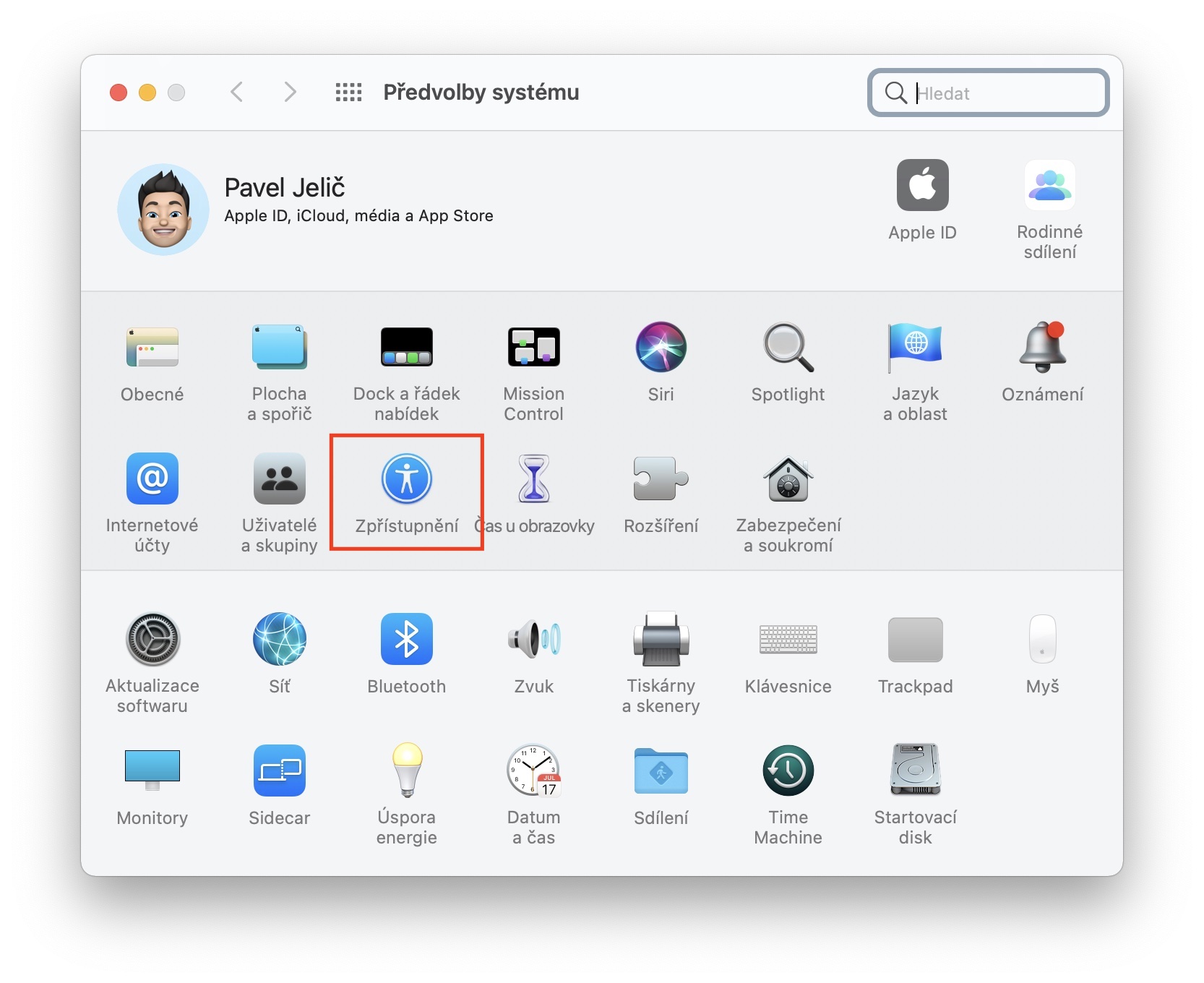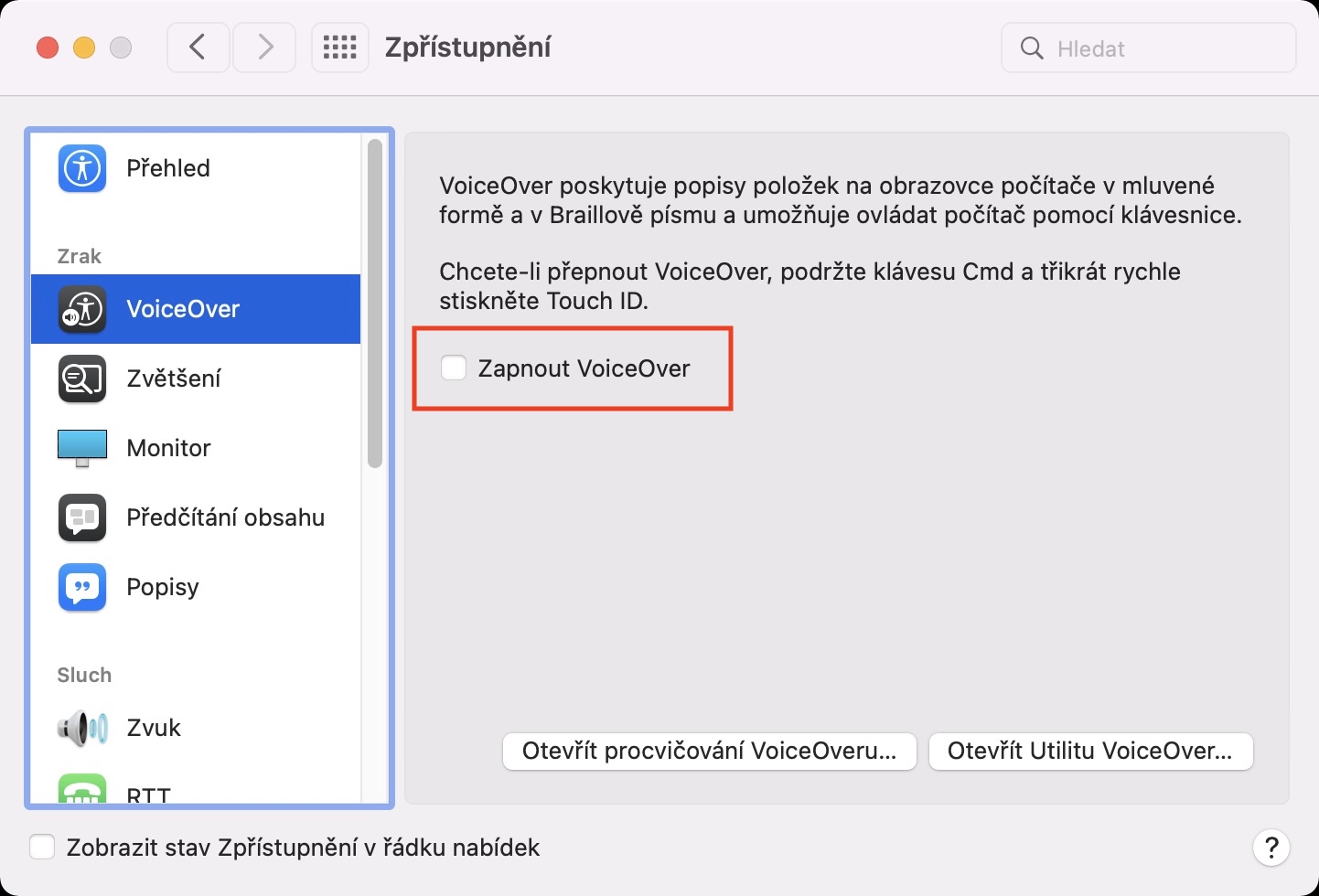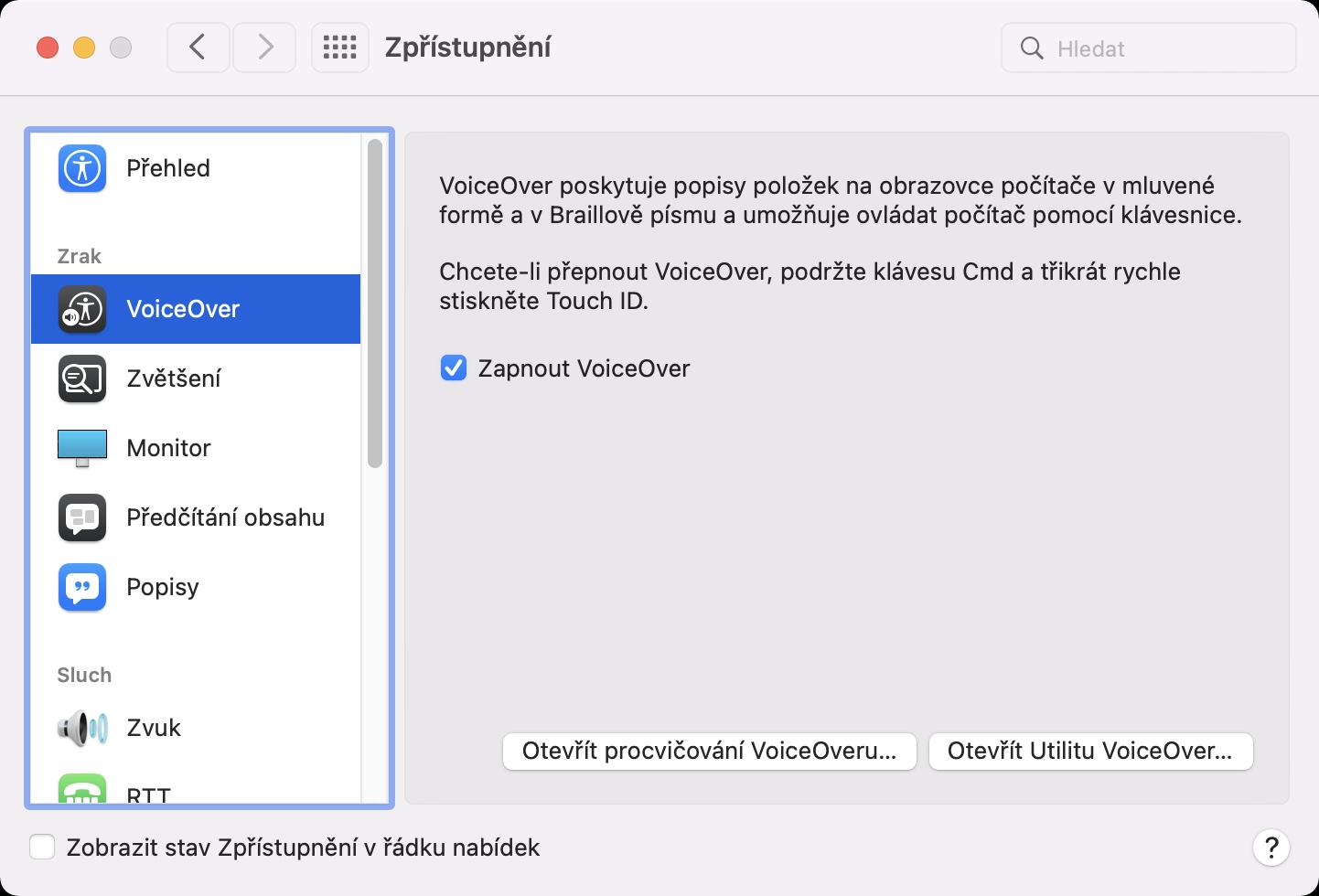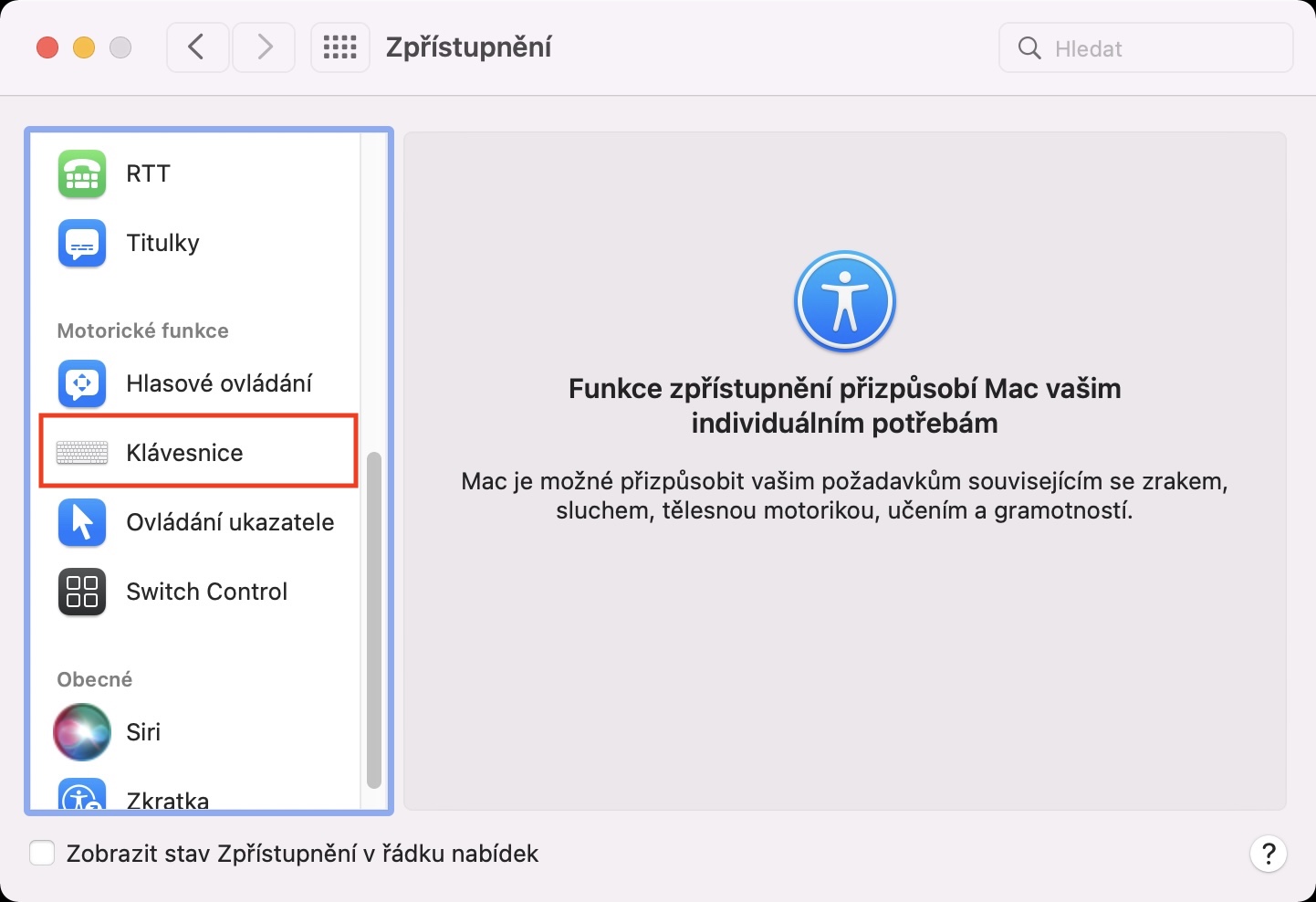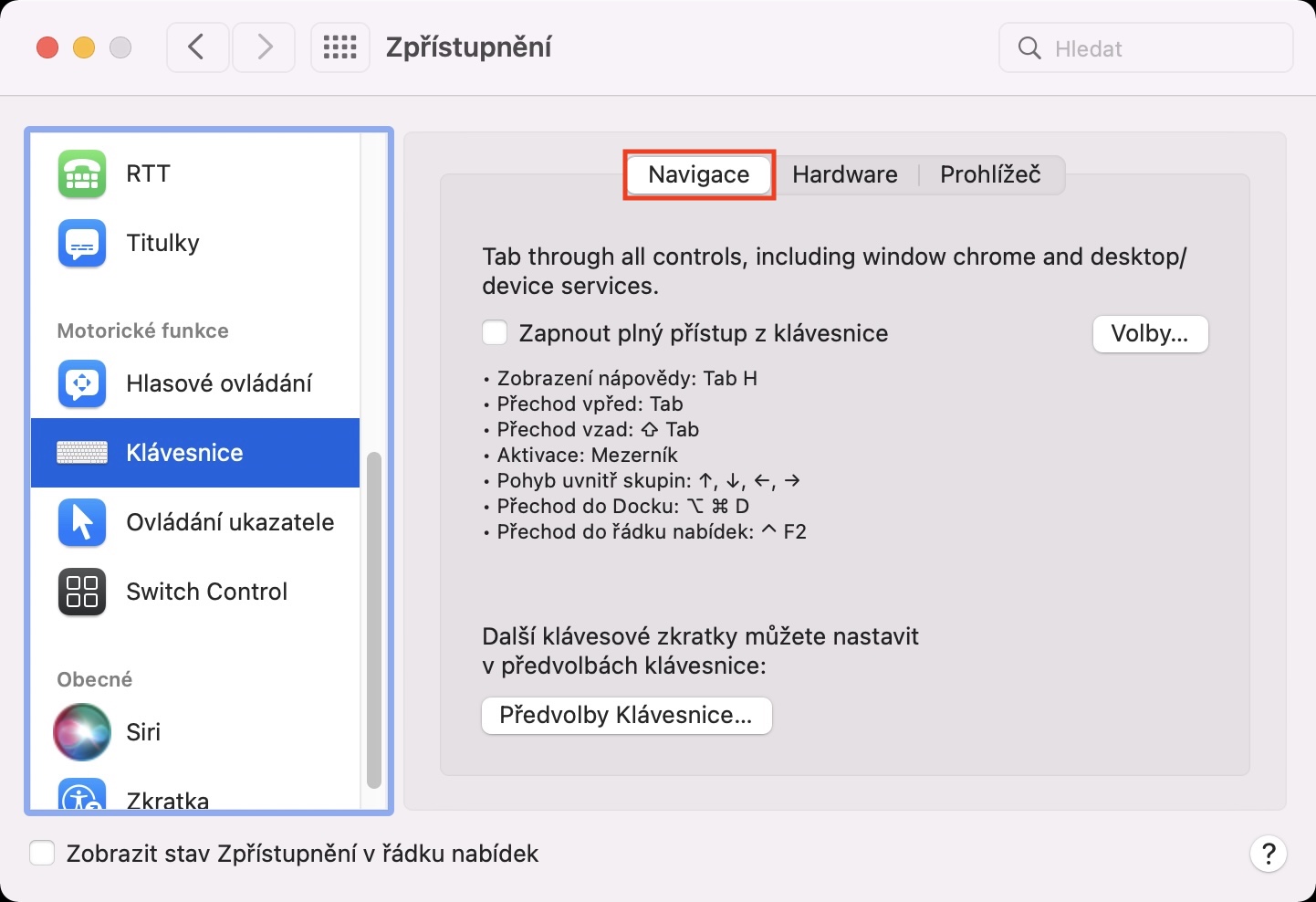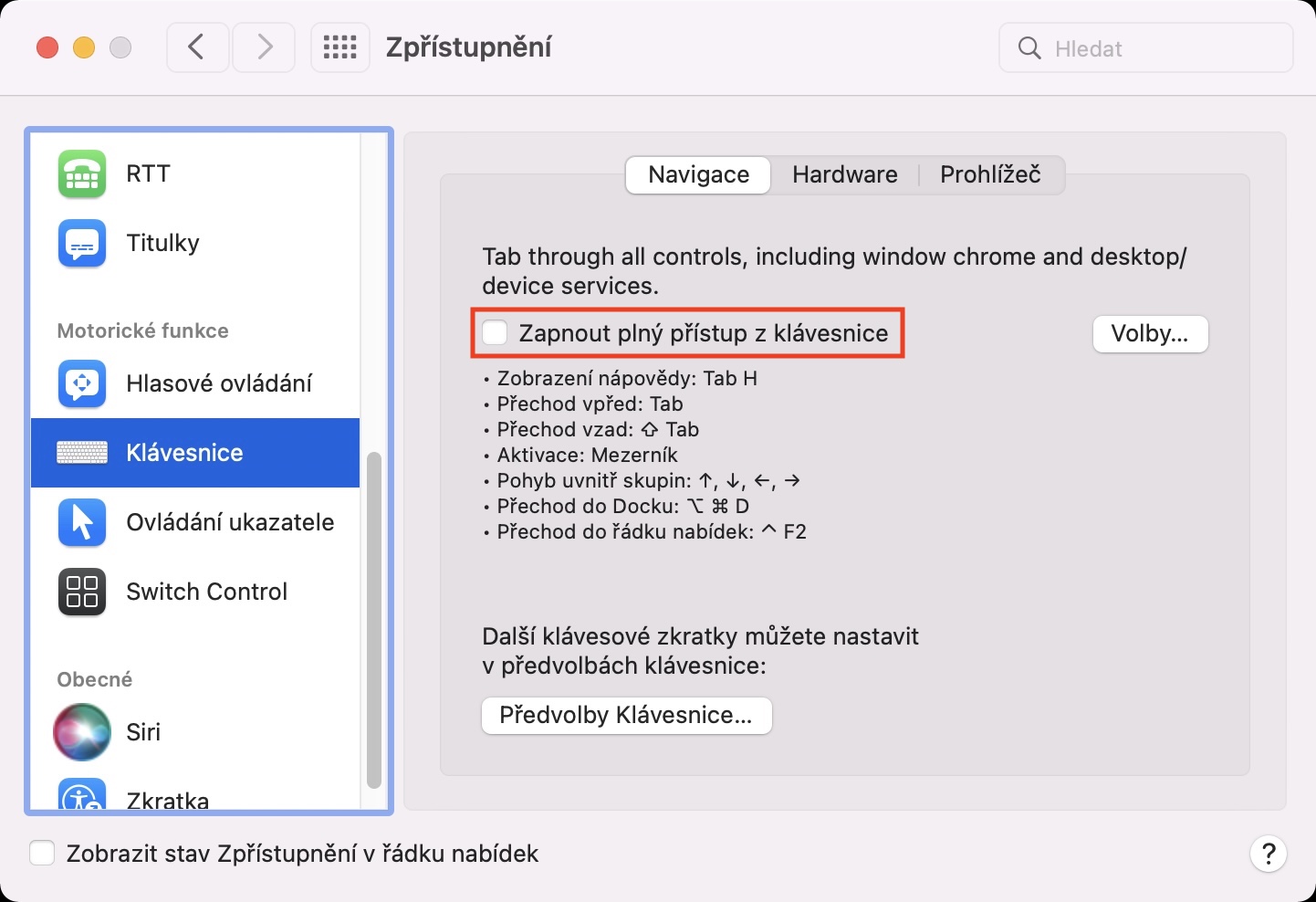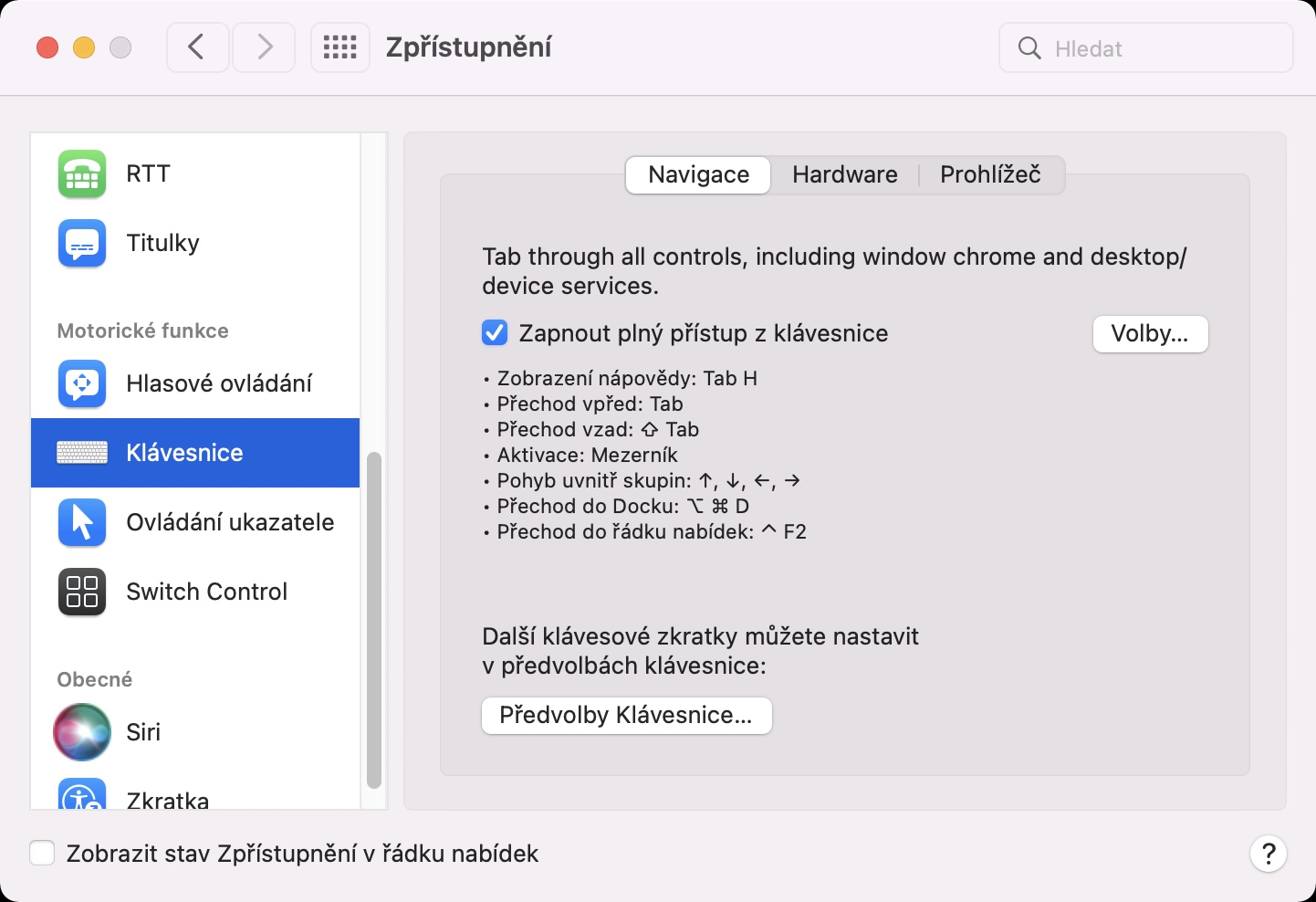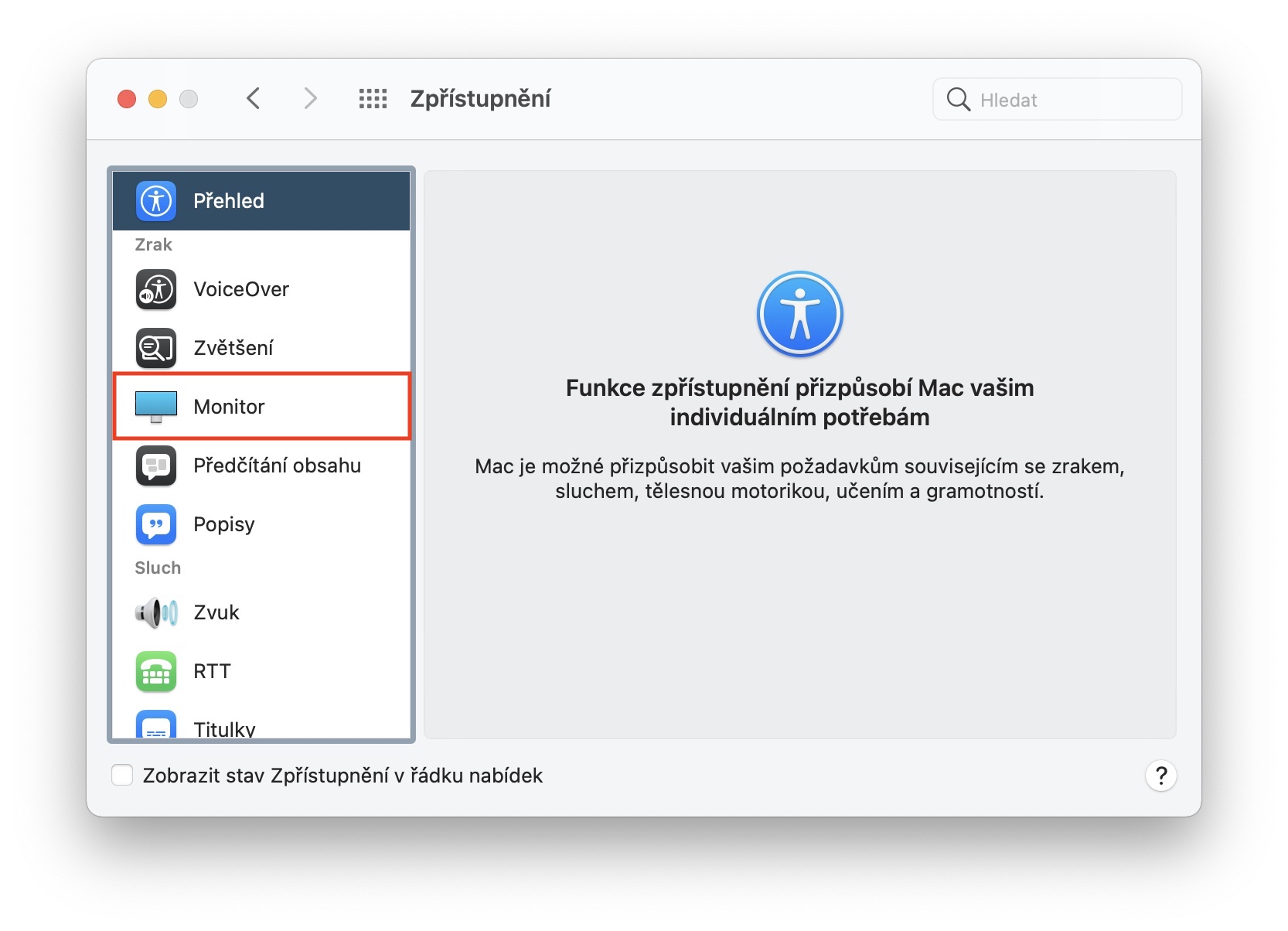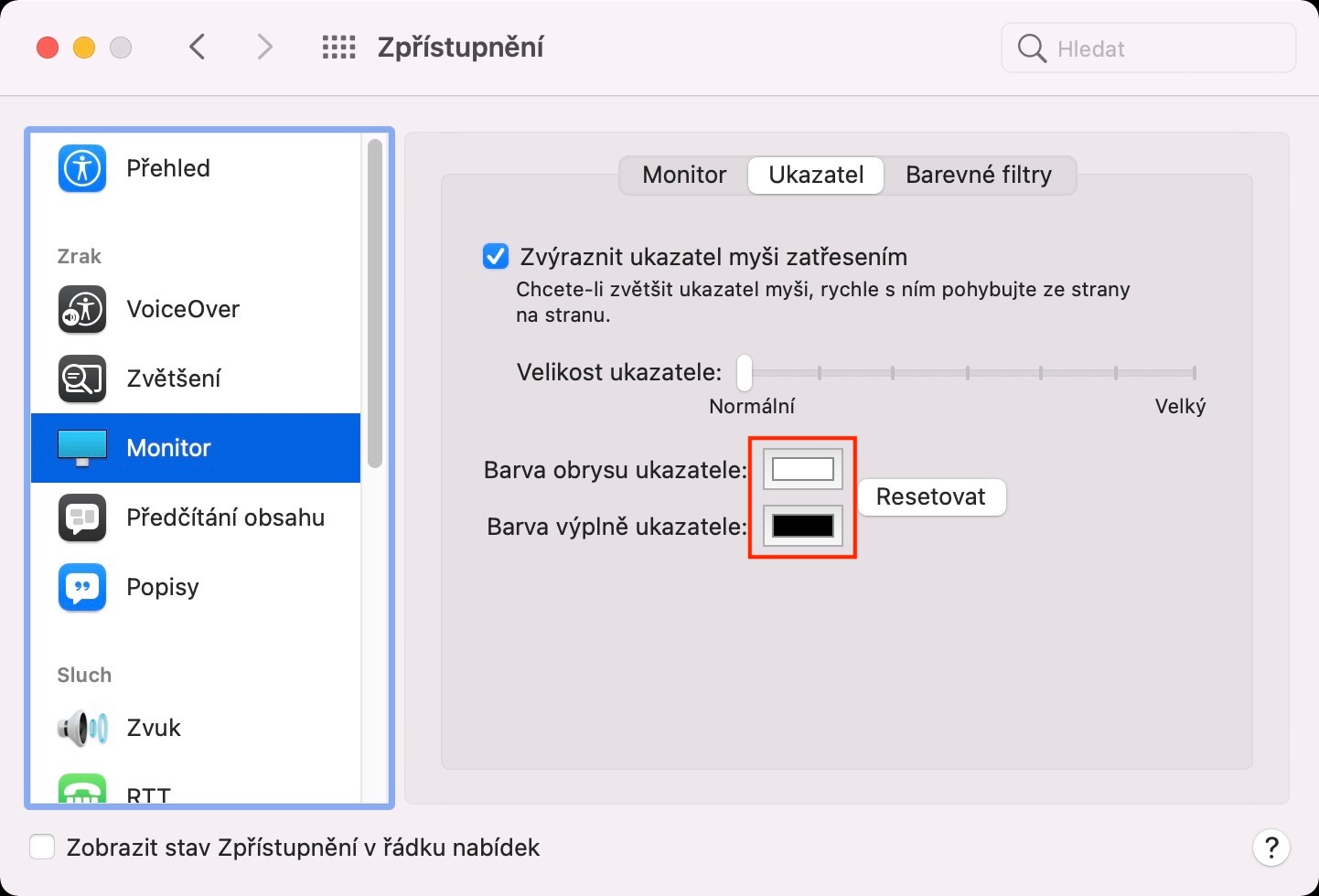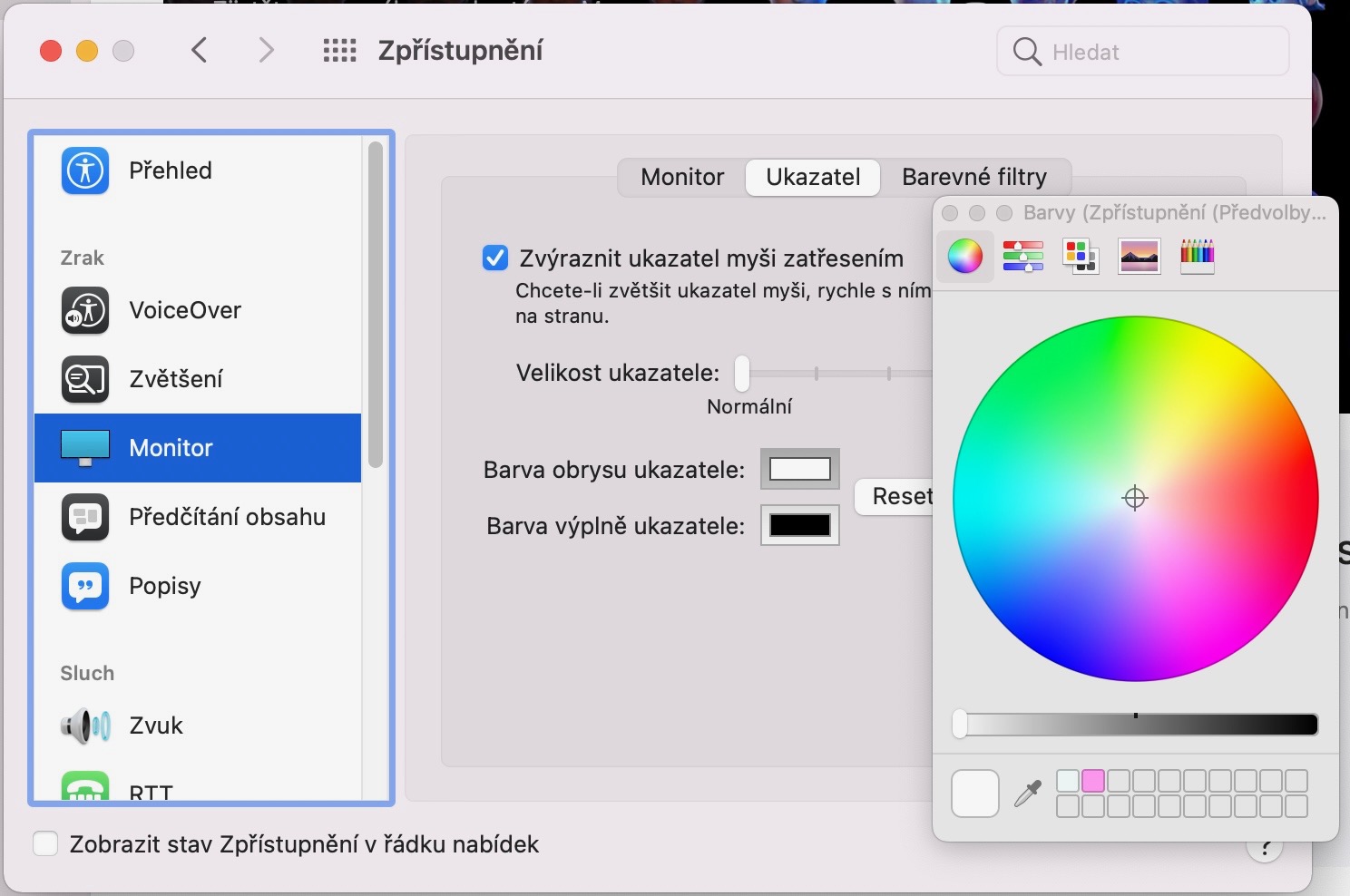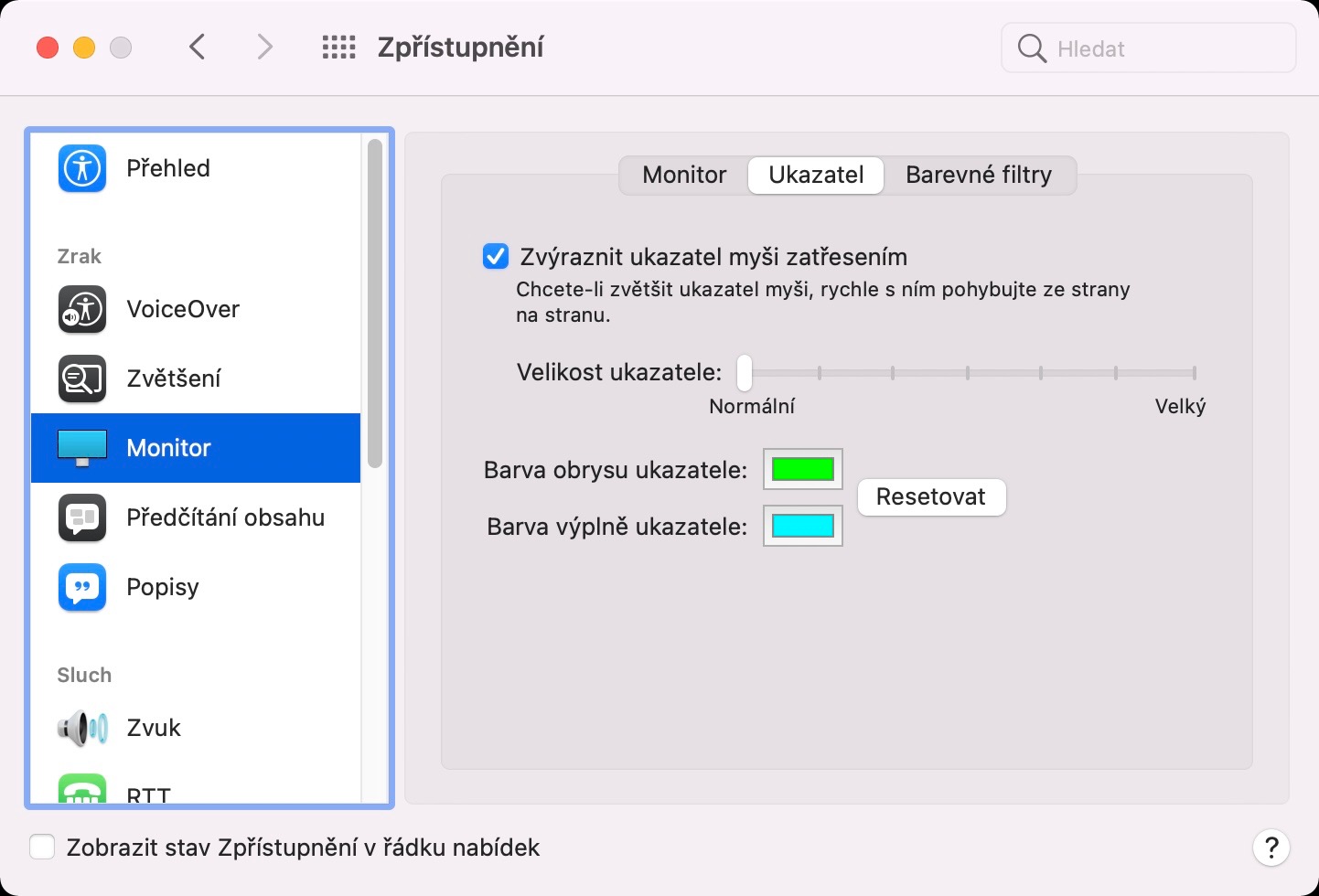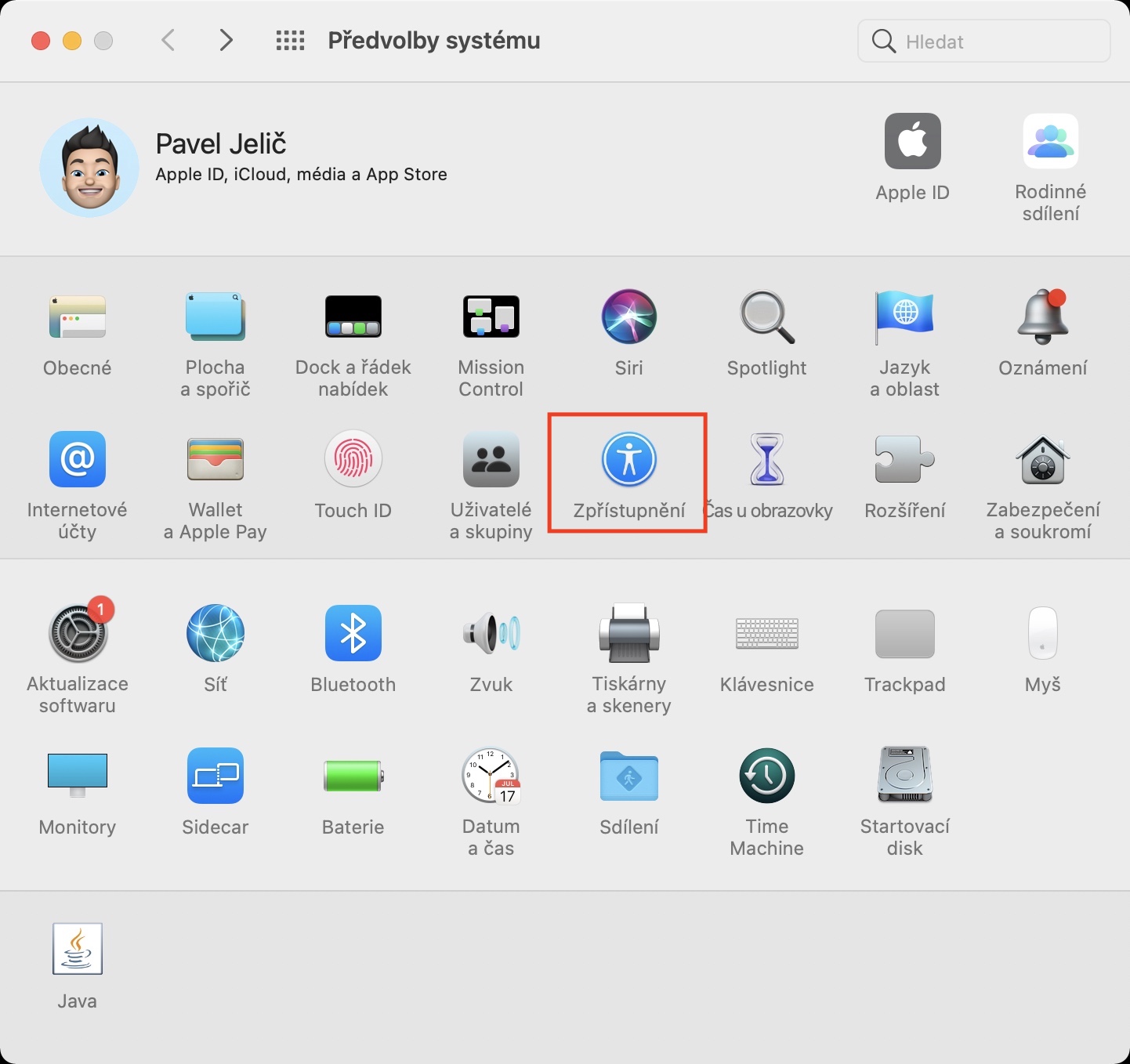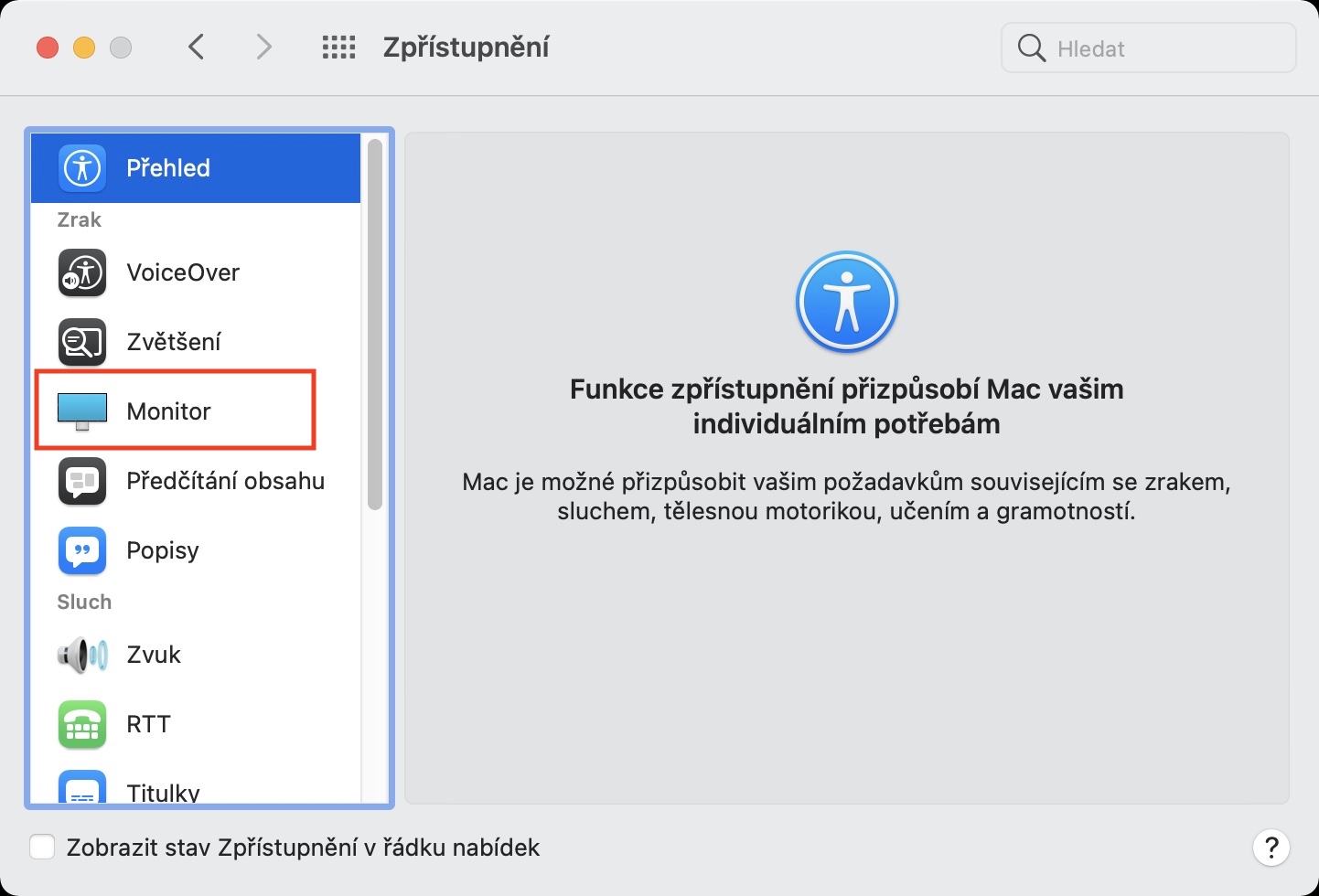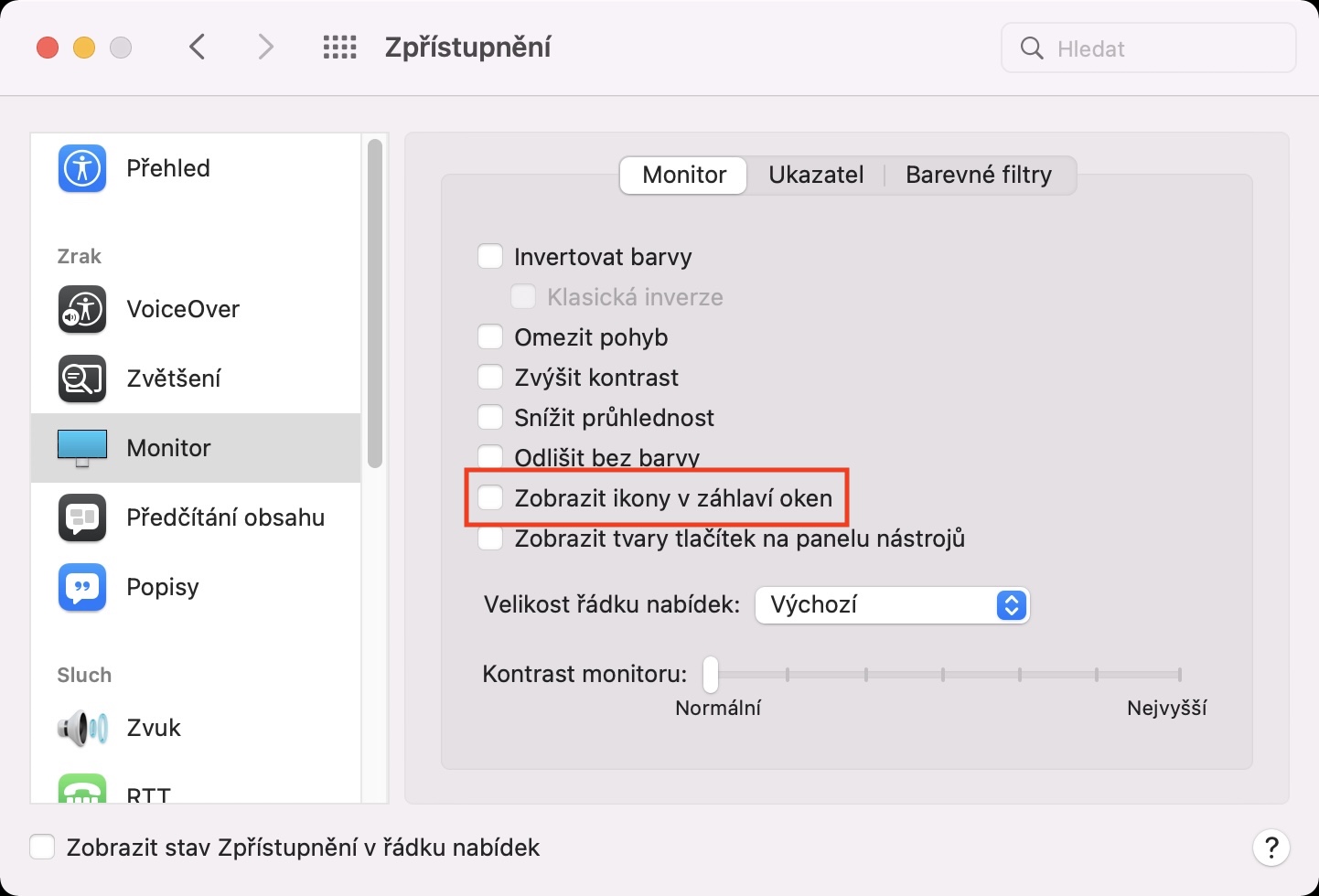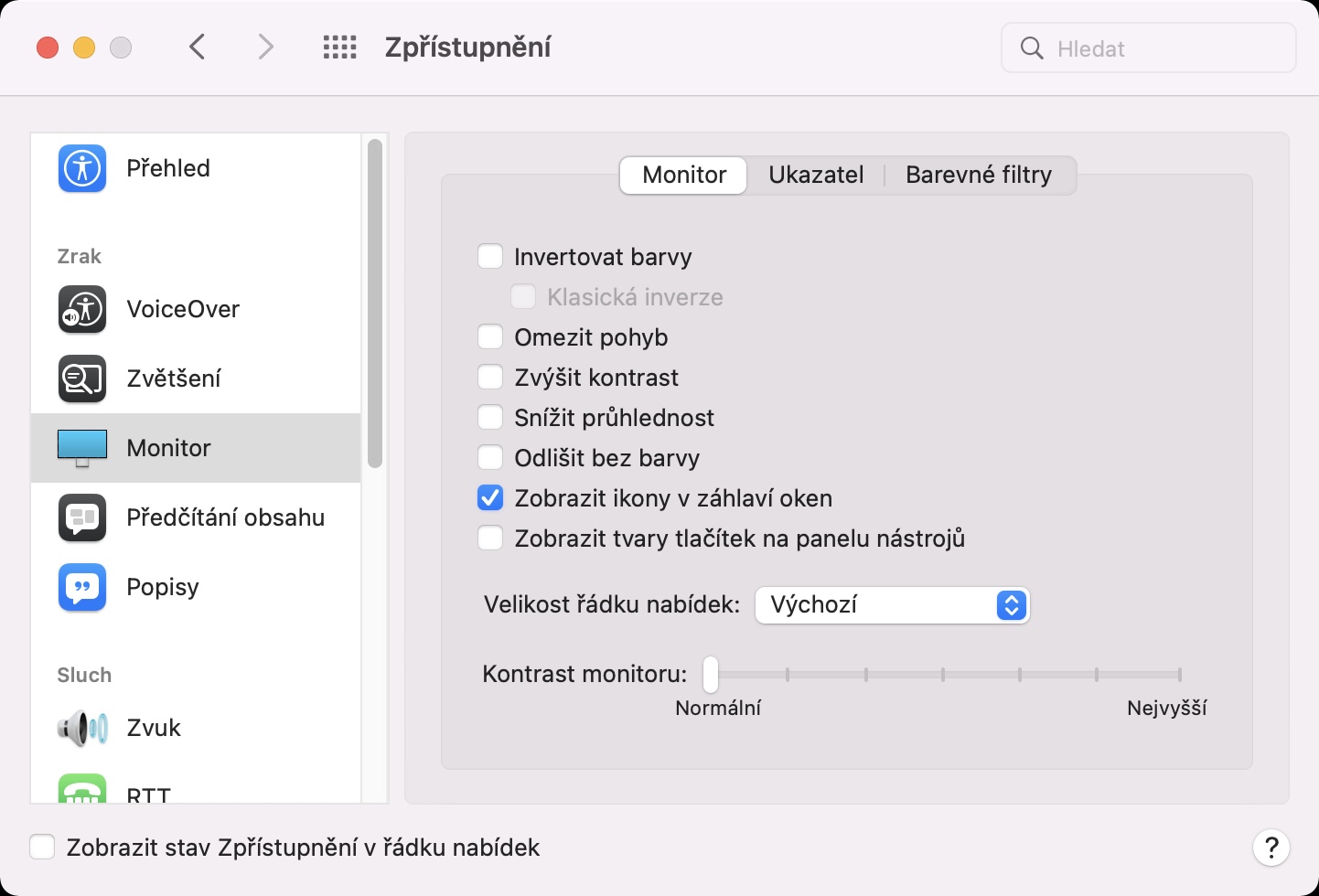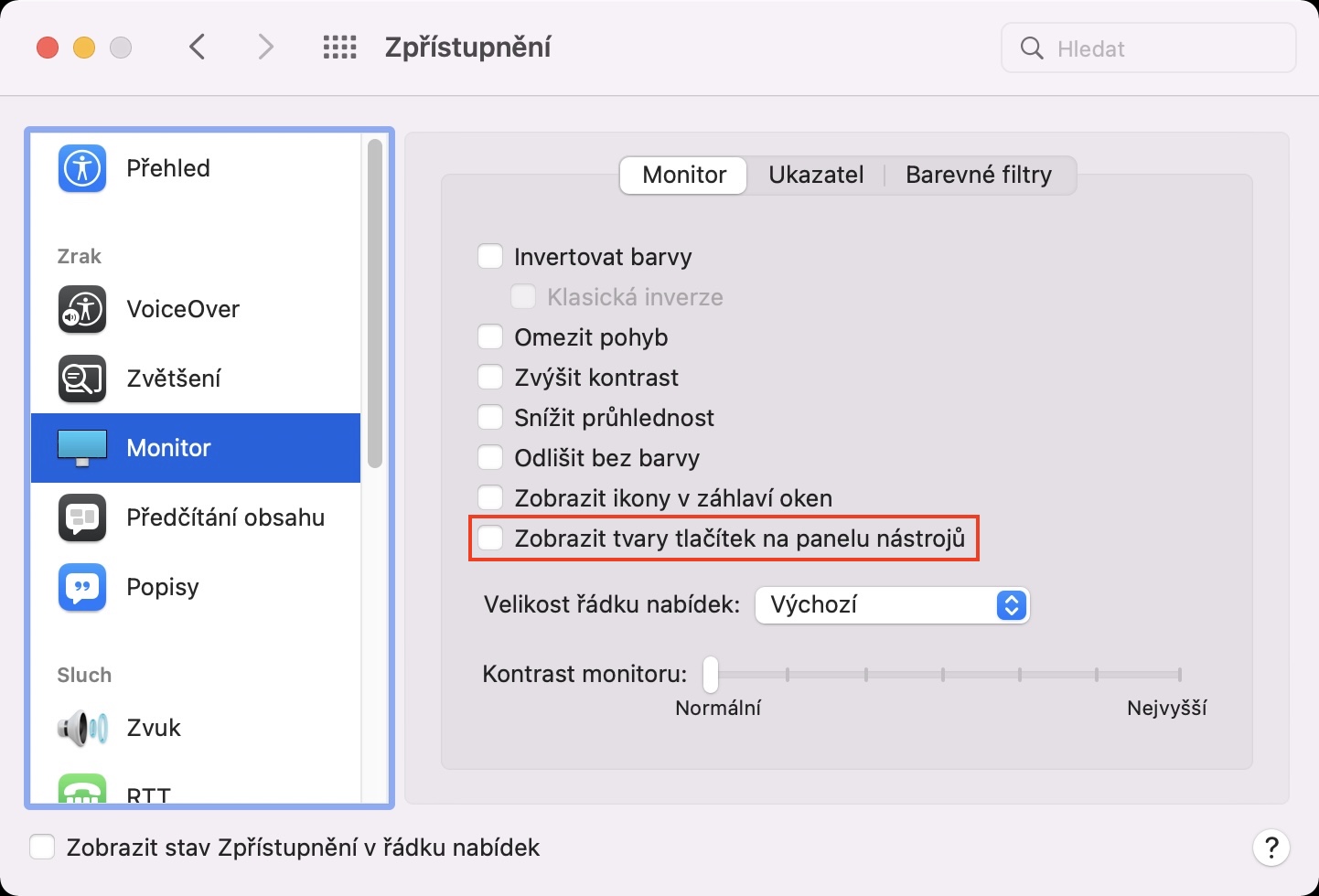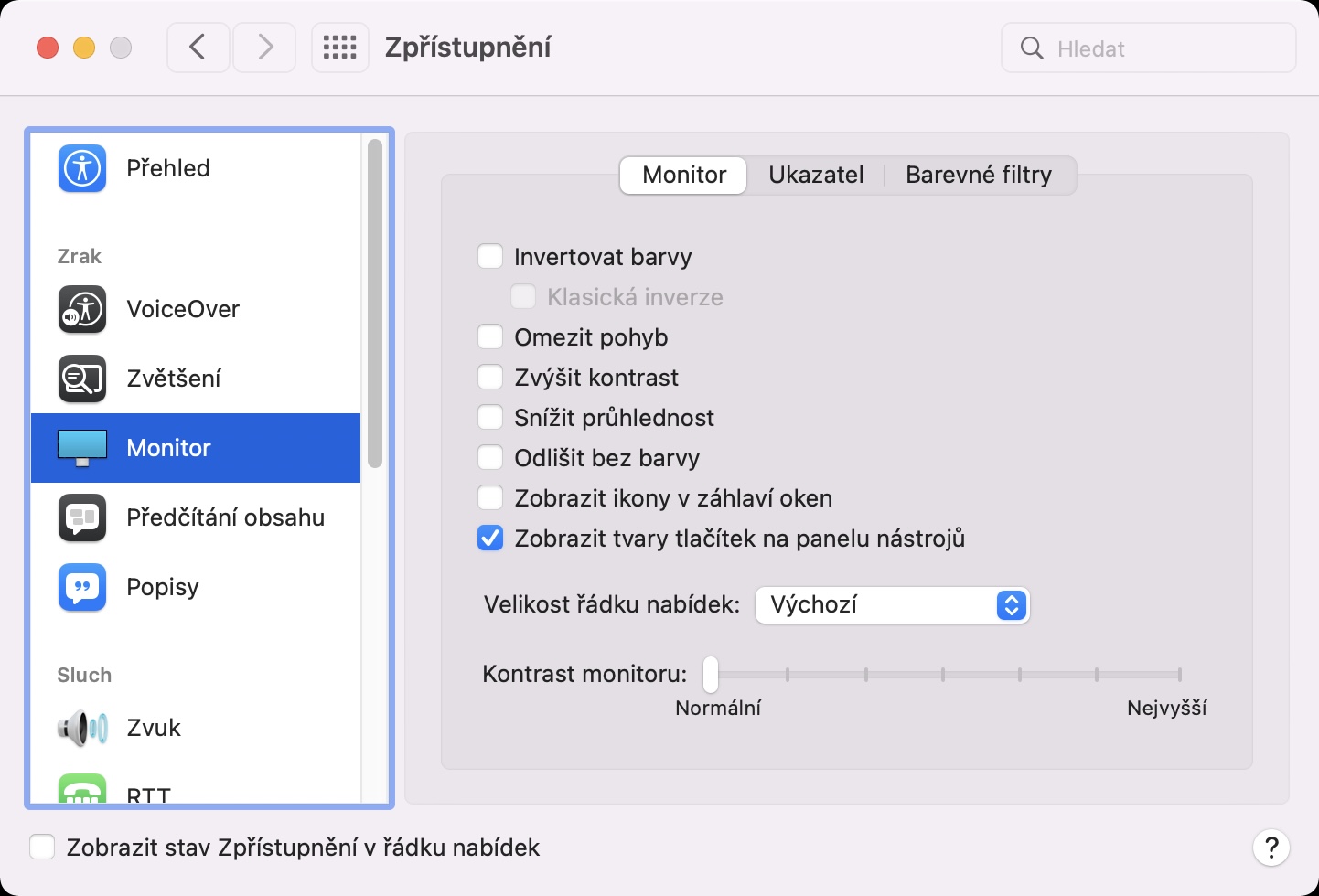Part of practically all operating systems from Apple is a special Accessibility section, which is intended primarily for users who are disadvantaged in some way. These are, for example, blind or deaf users who can control Apple systems and products without major problems thanks to the functions in Accessibility. But the truth is that some functions can be used even by ordinary users who are not disadvantaged in any way. Let's look together in this article for a total of 5 tips and tricks in Accessibility from macOS Monterey that you might not have known about.
It could be interest you
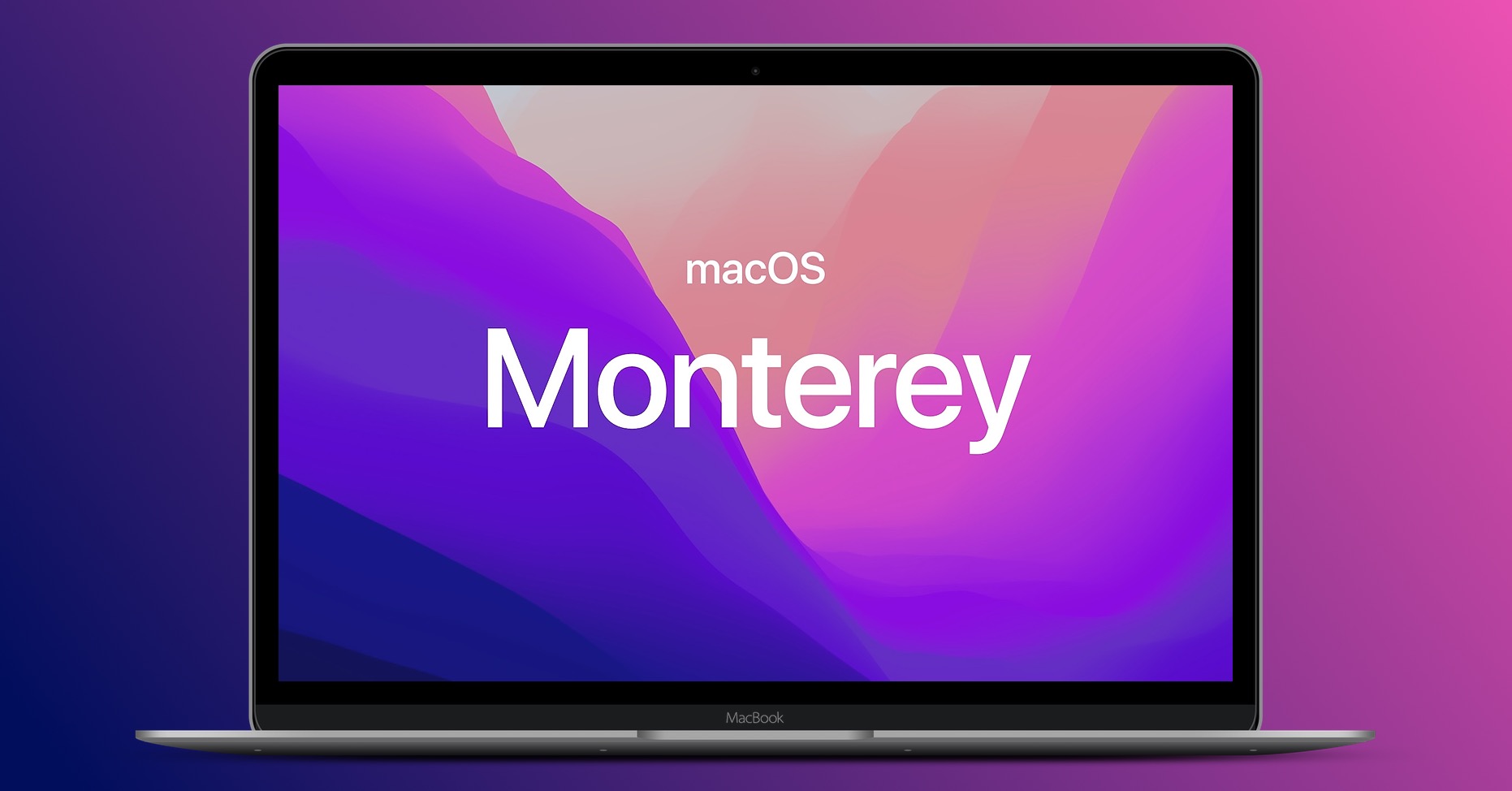
Improved VoiceOver
Apple is one of the few technology companies that cares about making its products accessible to disadvantaged users. VoiceOver helps blind users to easily use Apple products. Of course, Apple tries to improve VoiceOver as much as possible in every update of Apple systems. Of course, the VoiceOver options were also updated in macOS Monterey - specifically, we saw an improvement in the description of images in the annotations, as well as an improvement in the descriptions of signatures. If you would like to activate VoiceOver on Mac, just go to -> System Preferences -> Accessibility -> VoiceOver, where to activate it.
Better full keyboard access
It is said that every Mac user who wants to use it to the maximum should use the keyboard as much as possible, i.e. different keyboard shortcuts, etc. It is thanks to this that it is possible to save a lot of time when you have to move your hand from the keyboard to the trackpad or mouse, and then back again. Part of the macOS operating system is the option, thanks to which you are able to control it completely without a mouse or trackpad, using only the keyboard. Called Full Keyboard Access, this feature has been improved just like VoiceOver. To activate full access from the keyboard, just go to -> System Preferences -> Accessibility -> Keyboard -> Navigation, where check Turn on full keyboard access.
Cursor color adjustment
If you are currently on a Mac and look at the cursor, you will see that it has a black fill and a white outline. This color combination was not chosen by chance - on the contrary, it is a combination that can be seen perfectly on most content that you can view on a Mac. If for any reason you wanted to change the color of the cursor in the past, you couldn't, but that changes with the arrival of macOS Monterey. You can now easily change the color of the fill and the outline of the cursor. Just go to -> System Preferences -> Accessibility -> Monitor -> Pointer, where you already have enough choose the color of the fill and the outline by clicking on the box with the current color. To reset the original values, just click the Reset button.
Display of icons in the header of windows
If you move to the Finder on a Mac, or to a folder, you can see the name of the window you are currently in at the top. In addition to the name, you can notice the back and forward arrows on the left, and various tools and other elements on the right. In certain cases, it might be useful for you to have an icon displayed next to the name of the window or folder, which can help with organization and faster recognition. At the very least, this is a nice design element that could be useful to someone. To activate the display of icons in the header of windows, just go to -> System Preferences -> Accessibility -> Monitor -> Monitor, where activate possibility Show icons in window headers.
Show the shape of the buttons on the toolbar
If you are reading this article on a Mac in Safari, now pay a little attention to the buttons located in the upper right corner of the screen - these are the download, share, open a new panel and open the panel overview buttons. If you would like to click on any of these buttons, in most cases you will click directly on a specific icon. But the truth is that these buttons actually end a bit from this icon, which means that you can press them in other places around. In macOS Monterey, you can now display the borders of all buttons on toolbars, so you can tell exactly where the button ends. To activate this option, go to -> System Preferences -> Accessibility -> Monitor -> Monitor, where activate possibility Show toolbar button shapes.

